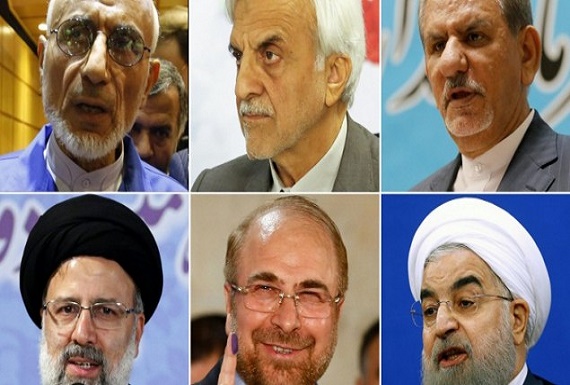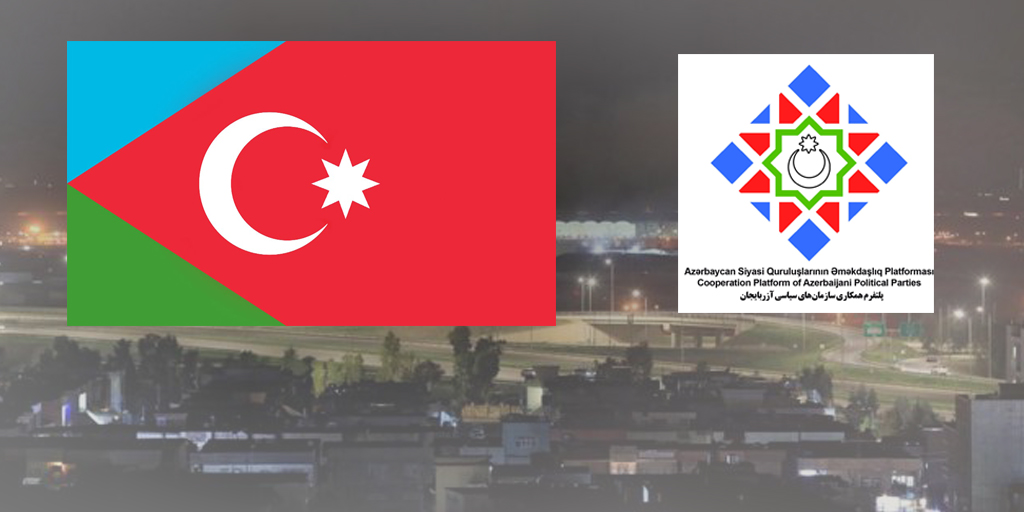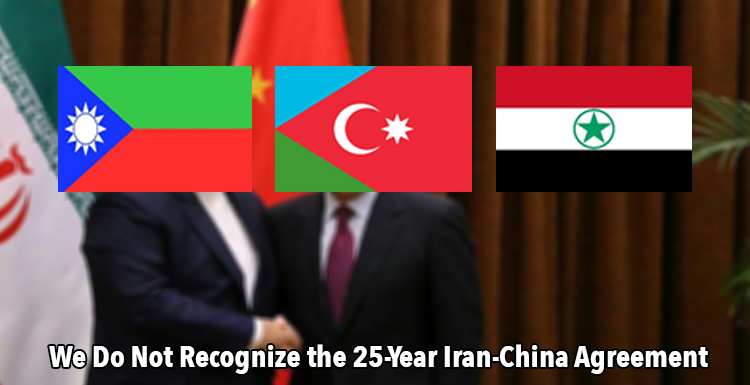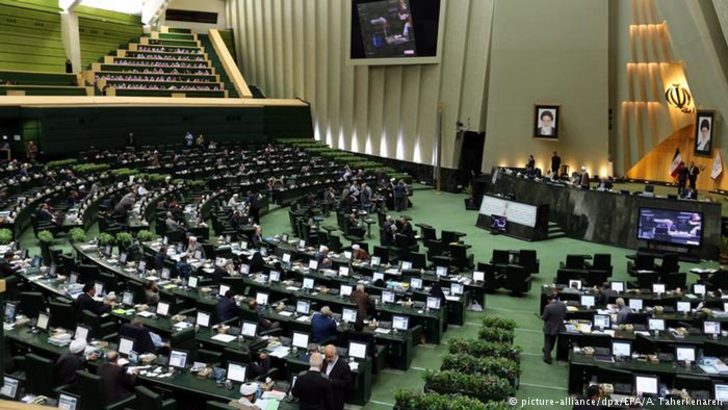Iran’s Presidential Election and a Slate of Crises

Araz News:What political dilemma is the regime in Iran intending to resolve through this presidential election?
In 2005, Iranian Supreme Leader Ali Khamenei, having the final say in all state matters, thought to spread his meddling across Iraq and the region, parallel to broad ambitions of obtaining nuclear weapons. As a result, firebrand Mahmoud Ahmadinejad was selected as president.
In 2013, Tehran needed to respond to the issue of nuclear negotiations.
Iran needs to solve a major riddle. The regime in its entirety, including all factions, seeks to defend its very existence in the face of an increasingly aggressive onslaught. This phenomenon can be described as a full house of intertwined calamities, defined as major political disorders caused by the regime’s own measures.
This means that relations between various currents and systems comprising the mullahs’ regime are suffering from numerous rifts threatening their entire existence.
A) The ruling powers are now divided, and the separated components are placing crosshairs on each other, crippling or weakening their rivals. This is far beyond the factions loyal to Khamenei and Iranian President Hassan Rouhani. We are also witnessing growing divides and disintegration among Khamenei loyalists.
B) A destabilizing dynamism can be seen in the struggle to determine who will succeed Khamenei, known to be ill with cancer.
C) Most important is the powder-keg society ready to explode into an uncontrollable uprising. Iran has in the past twelve months witnessed the most significant rise in protests since 2010.
D) The conflict placing Iran’s oppressed minorities, including Baluchis, Arabs, Kurds, and others against the ruling establishment has intensified.
E) Iran’s deep involvement in three wars across the region, including Syria, Iraq, and Yemen, without no end in sight.
F) The regime’s major defeat in their plot against the Iranian opposition People’s Mojahedin Organization of Iran (PMOI/MEK). Members of this group were transferred collectively and as an organization from Iraq to safety in Europe, delivering a significant blow to Tehran’s plans for their annihilation.
G) While highly flawed, the Iran nuclear deal has significantly reduced Tehran’s ability to realize its ambitions of obtaining nuclear weapons, at least for the time being.
For the mullahs, this is a defeat far more disastrous than the Iran-Iraq War.
H) The Iran nuclear deal, known as the Joint Comprehensive Plan of Action (JCPOA), has become a political failure. We are witnessing how international sanctions are taking effect in different methods and may even be expanding. The JCPOA could only be effective under the Obama Doctrine, and Tehran has seen this window of opportunity slammed shut.
I) Rouhani’s administration has been nothing but a failure, both politically and economically. He has also lost his main supporters, those being former Iranian president Ali Akbar Hashemi Rafsanjani and influential cleric Abbas Vaezi Tabasi, who died last year.
This defeat was fundamental. In fact, the so-called moderates have reached a dead end after continuously playing an important role in preserving the regime in power.
J) The process of rallying investments in Iran under the mullahs’ rule is suffering immeasurably. A very large portion of Iran’s money is wasted in Syria, Iraq, and Yemen.
Moreover, the very structure of the mullahs’ regime is a major stumbling block in this regard, with no solution in sight. Deep recession, a failing banking system, the government going bankrupt, and financial instability are various fruits of this crisis.
K) The environment in Iran, largely neglected, is reaching a critical point. This is of grave importance, especially an emerging water shortage dilemma linked tightly to political and social tensions.
L) A high percentage of the population is tormented by hunger, with at least 10 million people being unemployed and 20 million living in city outskirts.
How is all this related to Iran’s presidential election?
The end of Obama’s term and the accompanying rapprochement has left the regime in Iran weaker than ever before, creating a slate of dangerous consequences for Tehran.
Iran sees a serious need to first merge all divides amongst its senior ranks, parallel to restructuring its political establishment.
From Khamenei’s perspective, this is exactly why Ebrahim Raisi, a cleric close to Khamenei, has been brought into this calculation. However, Raisi’s introduction can be defined as the establishment having no clear solution for the abovementioned crises.
Rouhani going on to a second term would mean the continuation of a failing status quo, while Raisi would be fueling a dangerous flame. The two don’t provide two different solutions. In fact, they are merely guards of different doors leading to the regime’s epicenter, that being Khamenei.
They both registered as candidates after gaining Khamenei’s blessing. A legitimate question is to ask who the supreme leader prefers.
No ruling power has much tolerance for partners or rivals. The Iranian regime, however, has no tolerance at all. Considering Iran’s powder-keg society and the people’s hatred of this regime, Khamenei is forced to tiptoe a tightrope to prevent triggering a new uprising.
To this end, as far as Khamenei is concerned, the best-case scenario would be to have Raisi become president. And one step prior to the worst-case scenario is to have Rouhani continue on to a second term.
However, which scenario will Khamenei be able to materialize remains a guess, especially after Ahmadinejad’s shocking entry into the campaign. The regime’s status domestically and internationally will also influence the outcome.
Rouhani and Raisi merely represent two different regime factions quarrelling over their portion of power and plundering the country’s wealth. Their only dispute is over how to maintain this regime in power, while overlapping extremely on objectives and general policies.
Moreover, the crises riddling this regime from within should not be minimized in regard to the May 19th polls. In fact, these disputes reflect the high-stakes tensions existing between the ruling regime and the people.
These predicaments should also not be viewed merely through an economic perspective, as they pose substantial political threats for the regime in its entirety.























